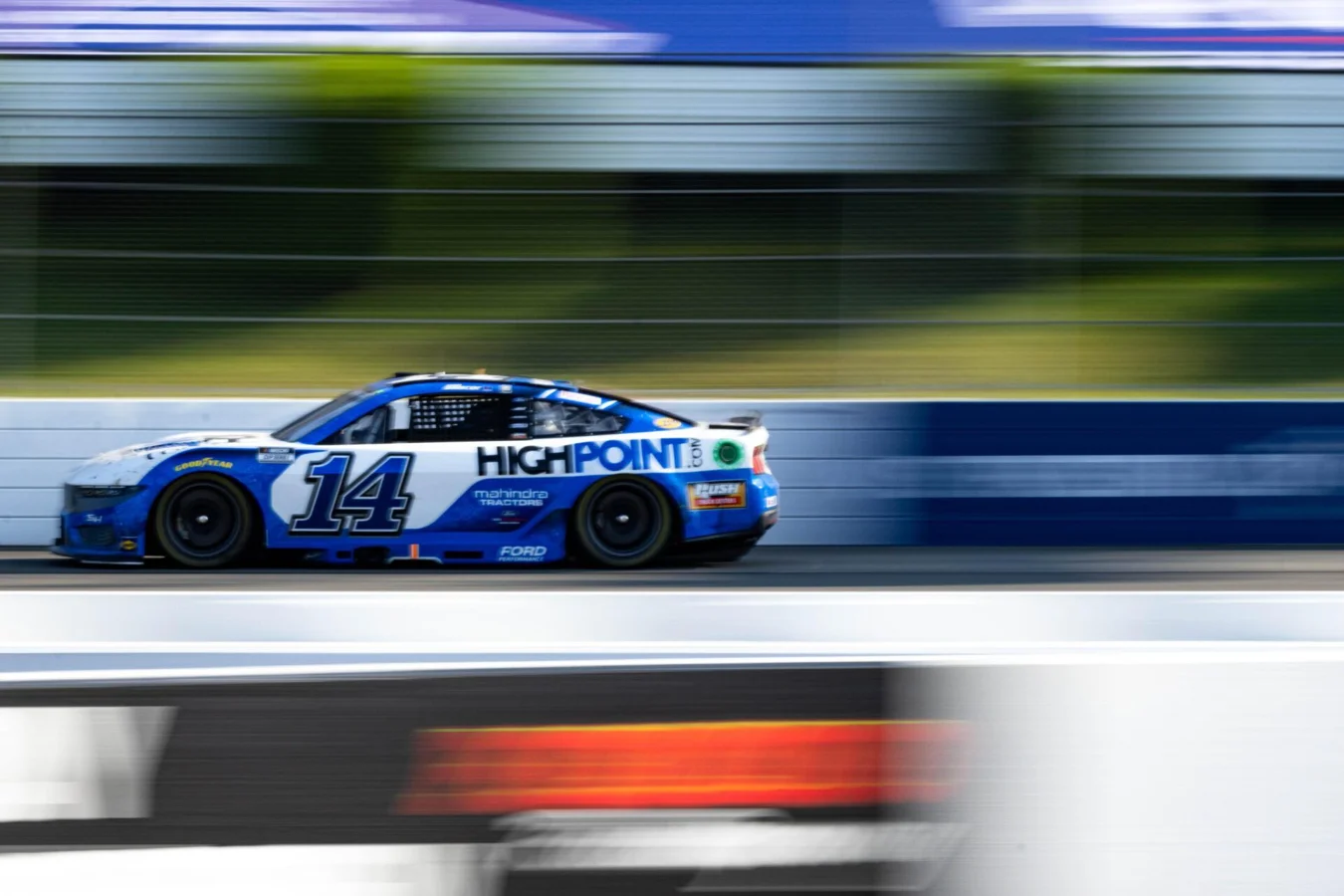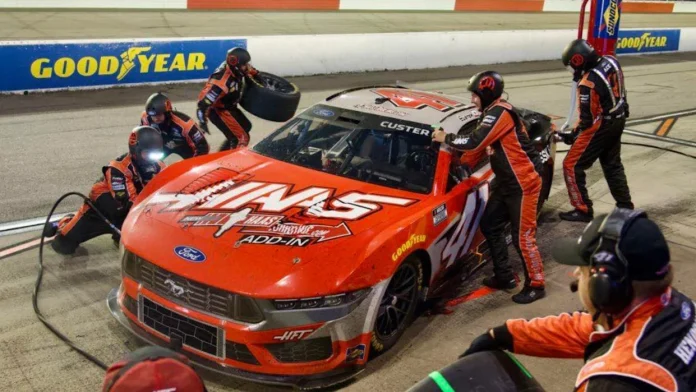Stewart-Haas Racing, once a dominant force in NASCAR’s Cup Series, faced a steep decline as soon as the Stewart-Haas Racing next-gen struggles began following the introduction of the Gen-7 car in 2022. Despite a strong foundation and storied history under co-owners Tony Stewart and Gene Haas, the team’s inability to adapt led to their shutdown, shocking few inside the garage as Rodney Childers and Kevin Harvick shared candid reflections on what went wrong.
From Championship Heights to Sudden Decline
Stewart-Haas Racing burst onto the NASCAR Cup Series scene in 2009, finding rapid success with Tony Stewart at the helm. With two Cup titles already to his name, Stewart guided the team to its first championship by their third year in 2011, creating a momentum built on relentless pursuit of victory. The atmosphere within the shop revolved around winning, and this approach delivered early and consistent results.
The arrival of Kevin Harvick in 2014 marked another leap forward. In a year when NASCAR rolled out a major playoff format change, Stewart-Haas Racing quickly adjusted, capturing another title. Even after Tony Stewart’s retirement in 2015, the team remained a fixture at the front, piling up wins and making regular playoff appearances, often reaching the championship-four between 2015 and 2021.

The team’s peak years were characterized by impressive statistics — twelve wins in 2018 and ten in 2020, along with several seasons finishing second or third in the standings. During the era of the Gen-6 car, Stewart-Haas Racing was regarded by many as one of the sport’s most competitive organizations, with Kevin Harvick leading the charge in critical moments and delivering top-five finishes with regularity.
The Onset of Next-Gen Challenges
The introduction of the Gen-7, or next-gen, car dramatically altered the competitive landscape in 2022. Stewart-Haas Racing quickly fell off the pace, managing just three wins that season. By 2023, the struggle deepened as the team finished the year without a single victory. Kevin Harvick, the longtime leader, then retired, and the organization soon announced plans to close its Cup Series operations by the end of 2024. The downturn was palpable within the NASCAR garage, seen by both competitors and partners alike.
Chase Briscoe’s playoff spot, clinched with a win in the regular-season finale, was a lone bright spot, but he failed to move beyond the opening playoff round. In contrast, organizations such as Team Penske adjusted seamlessly to the next-gen car, collecting championships and maintaining a competitive edge. The contrast was clear, with Stewart-Haas Racing struggling while rivals thrived.
Leadership Perspectives: Childers on Structural Gaps
Rodney Childers, known for his years atop the pit box and deep involvement with Stewart-Haas Racing, did not hold back in his assessment of what set teams apart when the next-gen car arrived.
“It was just the way that different organizations were run like you were saying like Penske was really buttoned up at the time and they were kind of ready for a car like this. The way they operated in the shop and obviously they’ve gone out and won what three championships in a row or whatever. So I felt like they were ready for it from the get-go.”
—Rodney Childers, Crew Chief
Childers highlighted significant differences between Stewart-Haas Racing’s approach and that of their competitors. While organizations like Joe Gibbs Racing and Hendrick Motorsports invested in cutting-edge infrastructure and refined behind-the-scenes processes, Stewart-Haas Racing retained a traditional racer mentality.
“They had a lot of structure and all those different things, but Stewart-Haas Racing was just a bunch of racers, and we just worked our guts out. And with the new car, you can’t do that. You really can’t just outwork somebody. I mean, you have to have all the pieces and parts and the details figured out, and every single piece and part has got to be pushed to the limit, and some people are able to do that,”
—Rodney Childers, Crew Chief
The intense demands of the next-gen car exposed weaknesses in the Stewart-Haas operational model, and what once provided a competitive edge was no longer enough in a grid where detailed systems, resources, and technical partnerships now determined success.
Aftermath and Future Prospects for Haas Organizations
The unraveling continued into 2025, with the newly formed Haas Factory Team, led by Gene Haas, retaining a single charter. Cole Custer piloted the team’s car but missed the playoffs, managing just one top-five finish. This performance did little to suggest a reversal of fortunes, highlighting how much the organization has struggled to adapt in recent seasons.
Looking ahead, Gene Haas is betting on a significant change for 2026 by returning to Chevrolet power and securing a technical alliance with Hendrick Motorsports. This echoes the earlier blueprint that brought Stewart-Haas Racing its greatest successes and could offer renewed hope for the future.
Despite these moves, history since 2022 has seen only Ford-powered cars capturing the championship, and it remains uncertain if switching to Chevrolet and joining forces with Hendrick will end the pattern of Stewart-Haas Racing next-gen struggles. The upcoming seasons will test whether this new direction can restore competitiveness, or if further challenges await the storied team as NASCAR’s landscape continues to evolve.


